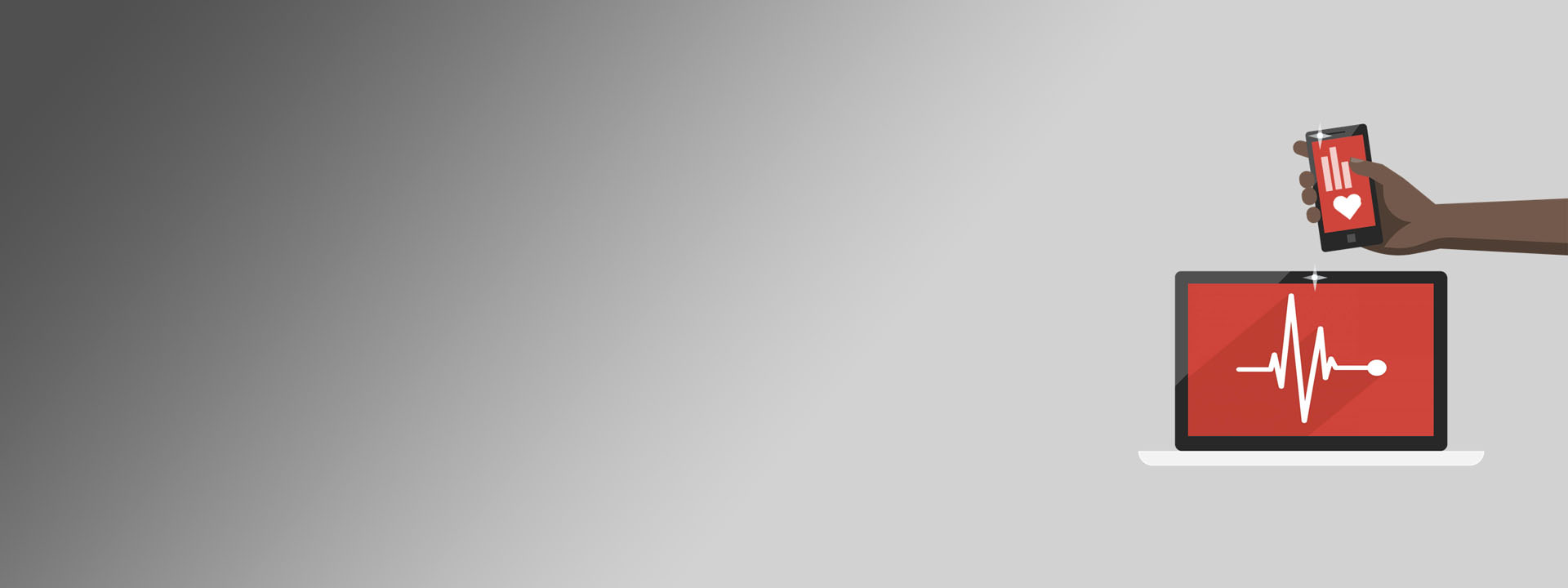Physiological sensing is important for many reasons and has important clinical and consumer health and wellbeing applications. One of the goals in the field of ubiquitous computing is to enable people to interact with computing using any device, in any location, and in any format. With the availability of smartphones, tablets, laptops and other computer devices comes the opportunity to make health sensing more convenient, comfortable and scalable.
As an example, we are building computer vision methods that leverage cameras to measure physiological signals (e.g., peripheral blood flow, heart rate, respiration, blood oxygenation) without contact with the body. This builds on over a decade of work and has applications for fitness tracking in gyms to monitoring infants’ vitals in the NICU.
Our neural physiological sensing algorithms combine accuracy with computational efficiency so that we can enable on device measurement, even using a cellphone.
We have several repositories with opensource code for image-based physiological measurement:

